ARCHITECTURE IN-PLAY
Instituto Universitário de Lisboa (ISCTE-IUL)
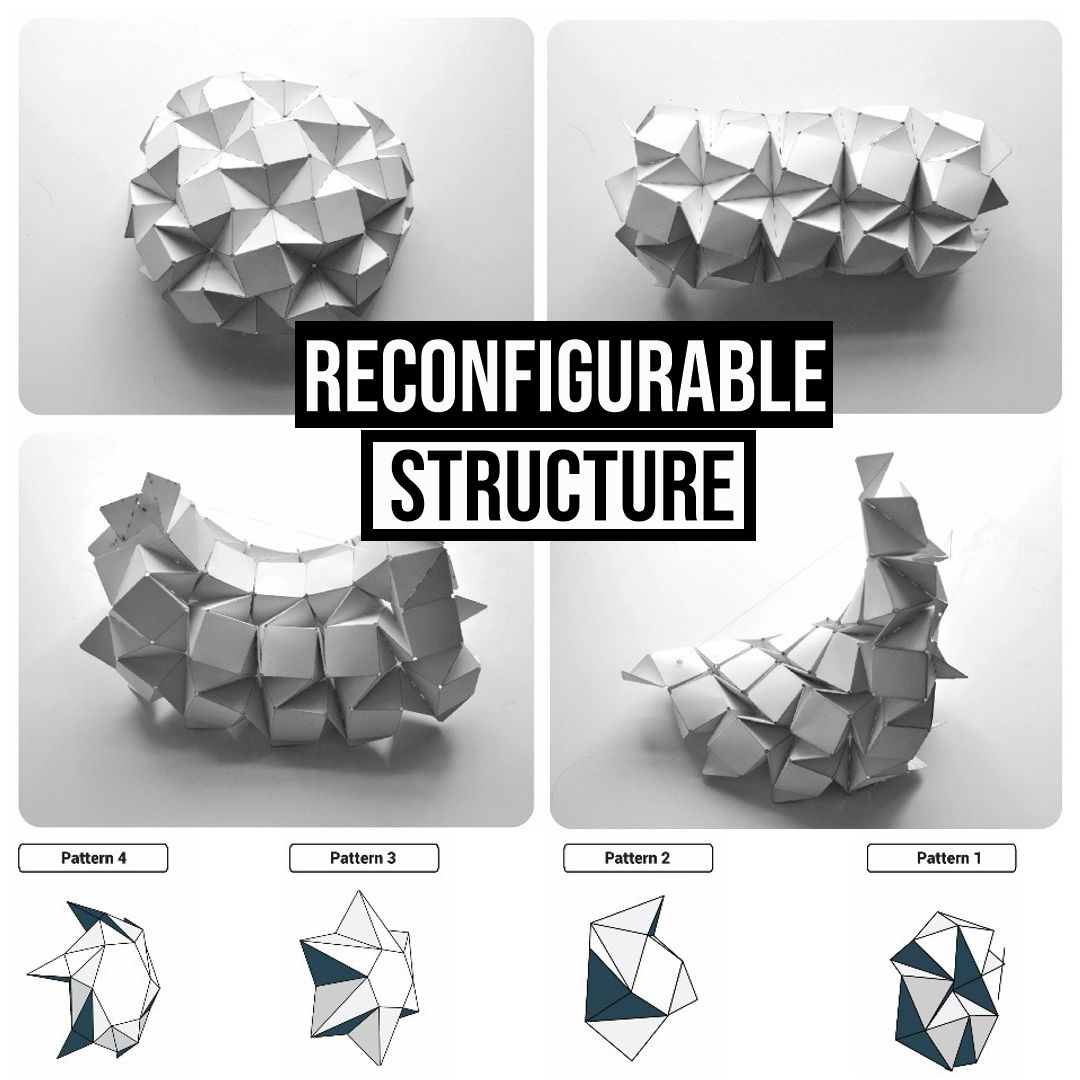 As we embrace a world in which the lines between the physical and the digital are increasingly blurred, we see a maturing vision for architecture that actively participates in our lives. In the few years since the original Interactive Architecture was published, a number of projects have been built at scales that both move beyond the scope of the architectural exhibit as test bed and push the boundaries of our thinking in terms of material performance, connectivity, and control. Our architectural surroundings have become so inextricably tied to technological trends that the two ultimately and simultaneously respond to and define each other. The promise of ubiquitous computing has secured a permanent foothold in our lives and has begun to infiltrate our devices and objects as well as our buildings and environments.
As we embrace a world in which the lines between the physical and the digital are increasingly blurred, we see a maturing vision for architecture that actively participates in our lives. In the few years since the original Interactive Architecture was published, a number of projects have been built at scales that both move beyond the scope of the architectural exhibit as test bed and push the boundaries of our thinking in terms of material performance, connectivity, and control. Our architectural surroundings have become so inextricably tied to technological trends that the two ultimately and simultaneously respond to and define each other. The promise of ubiquitous computing has secured a permanent foothold in our lives and has begun to infiltrate our devices and objects as well as our buildings and environments.
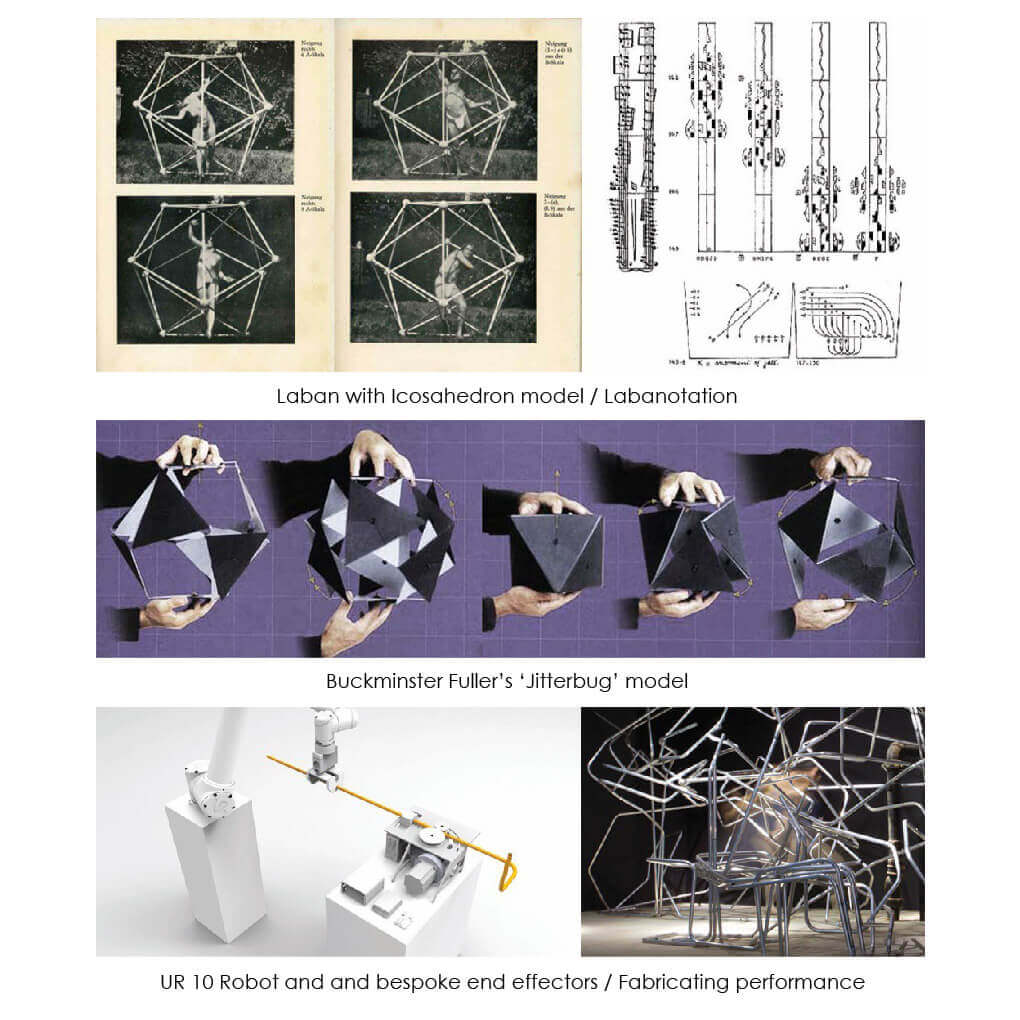 Such is our physical world: not just digital but also seamlessly networked and connected, an architectural world that is a direct participant in our lives. Bill Gates once predicted that by the end of the first decade of the twenty-first century there would be nothing untouched by the digital.1 By the end of the second decade, states interaction designer Behnaz Farahi Bouzanjani, this impact will arguably have become so pervasive that computation will not be noticeable anymore.2 The subject of this book is how architectural design integrates and negotiates the digital; in our contemporary context, this is nothing short of reciprocal innovation. This book surveys the rapidly evolving landscape of projects and trends that are finally catching up with the past. As a matter of definition, interactive architectural environments are built upon the convergence of embedded computation and a physical counterpart that satisfies adaptation within the framework of interaction. It encompasses both buildings and environments that have been designed to respond, adapt, change, and come to life.
Such is our physical world: not just digital but also seamlessly networked and connected, an architectural world that is a direct participant in our lives. Bill Gates once predicted that by the end of the first decade of the twenty-first century there would be nothing untouched by the digital.1 By the end of the second decade, states interaction designer Behnaz Farahi Bouzanjani, this impact will arguably have become so pervasive that computation will not be noticeable anymore.2 The subject of this book is how architectural design integrates and negotiates the digital; in our contemporary context, this is nothing short of reciprocal innovation. This book surveys the rapidly evolving landscape of projects and trends that are finally catching up with the past. As a matter of definition, interactive architectural environments are built upon the convergence of embedded computation and a physical counterpart that satisfies adaptation within the framework of interaction. It encompasses both buildings and environments that have been designed to respond, adapt, change, and come to life.
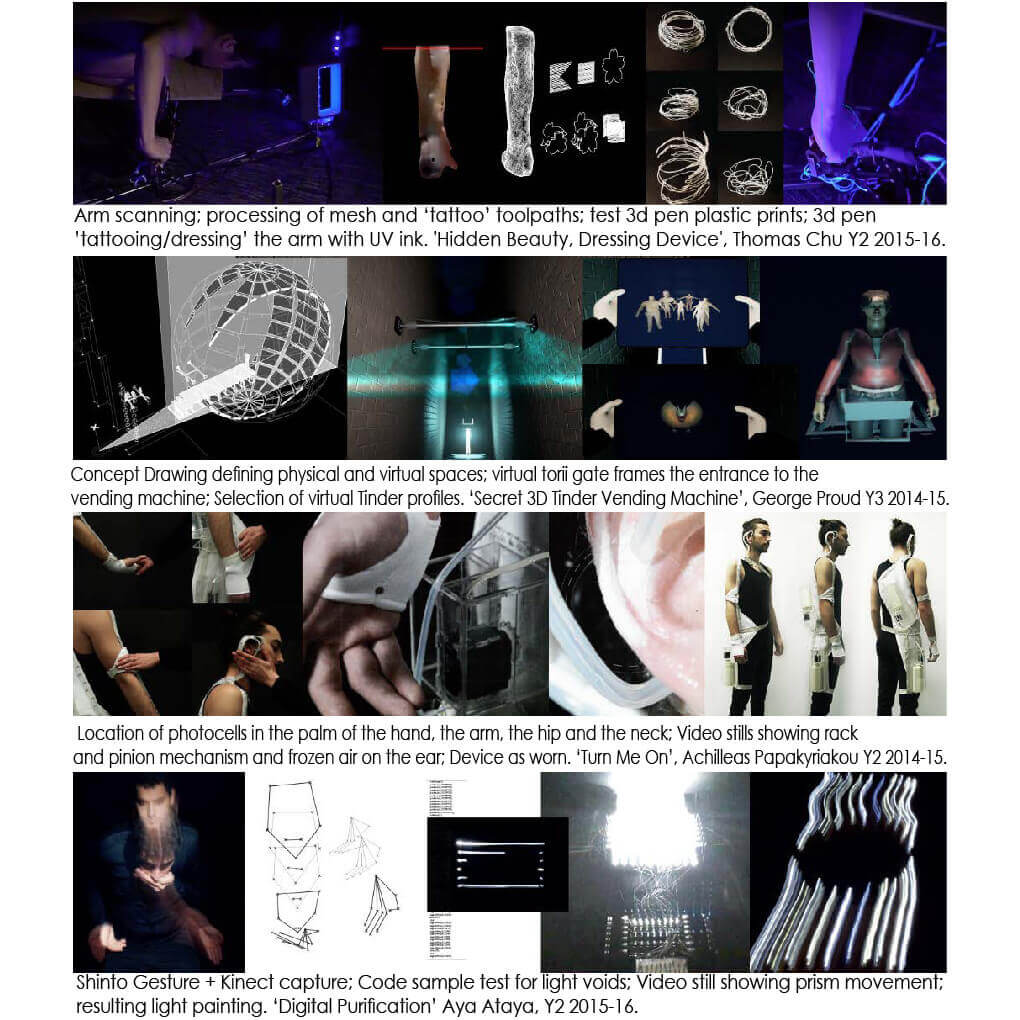 The influence of technological and economic feasibility within a connected world has resulted in the explosion of current exploration with the foundations of interaction design in architecture. The Internet of Things (IoT) has quite rapidly come to define the technological context of interactive design as all-inclusive, existing within this connectedness in a way that affects essentially everything, from graphics to objects to buildings to cities. To use an architectural analogy, the theoretical foundations have a structure that resides in the connected worlds of Web and mobile and spatial interfacing, and they are still evolving. Theories of a connected architectural world existed long before mobile devices and Web-interface technologies changed every aspect of our lives and created the discipline of interaction design.
The influence of technological and economic feasibility within a connected world has resulted in the explosion of current exploration with the foundations of interaction design in architecture. The Internet of Things (IoT) has quite rapidly come to define the technological context of interactive design as all-inclusive, existing within this connectedness in a way that affects essentially everything, from graphics to objects to buildings to cities. To use an architectural analogy, the theoretical foundations have a structure that resides in the connected worlds of Web and mobile and spatial interfacing, and they are still evolving. Theories of a connected architectural world existed long before mobile devices and Web-interface technologies changed every aspect of our lives and created the discipline of interaction design.
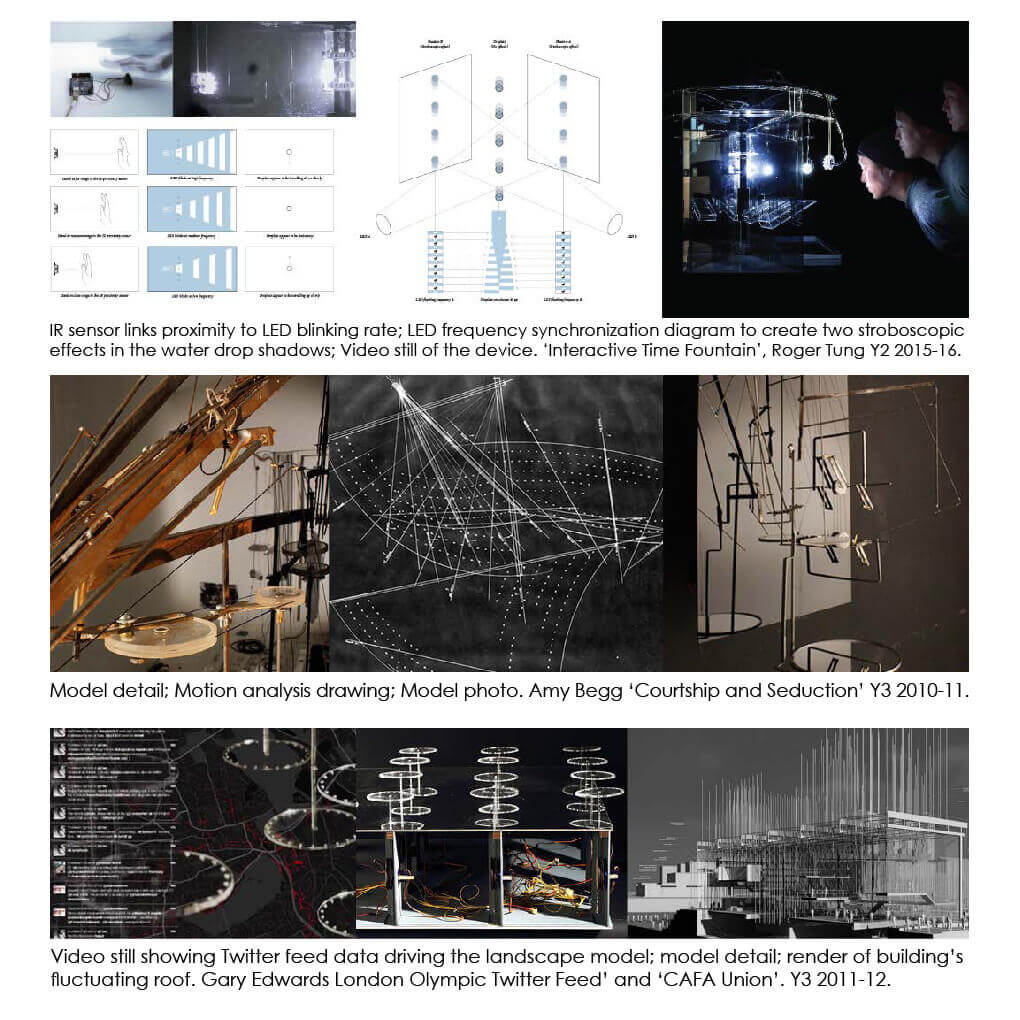 The analogue and digital notational systems for documenting choreographic movement provide promising alternative strategies for spatial design. These strategies overlap architectural design and dance choreography to explore reciprocal exchanges regarding the body, geometry and methods of spatial notation.
The analogue and digital notational systems for documenting choreographic movement provide promising alternative strategies for spatial design. These strategies overlap architectural design and dance choreography to explore reciprocal exchanges regarding the body, geometry and methods of spatial notation.
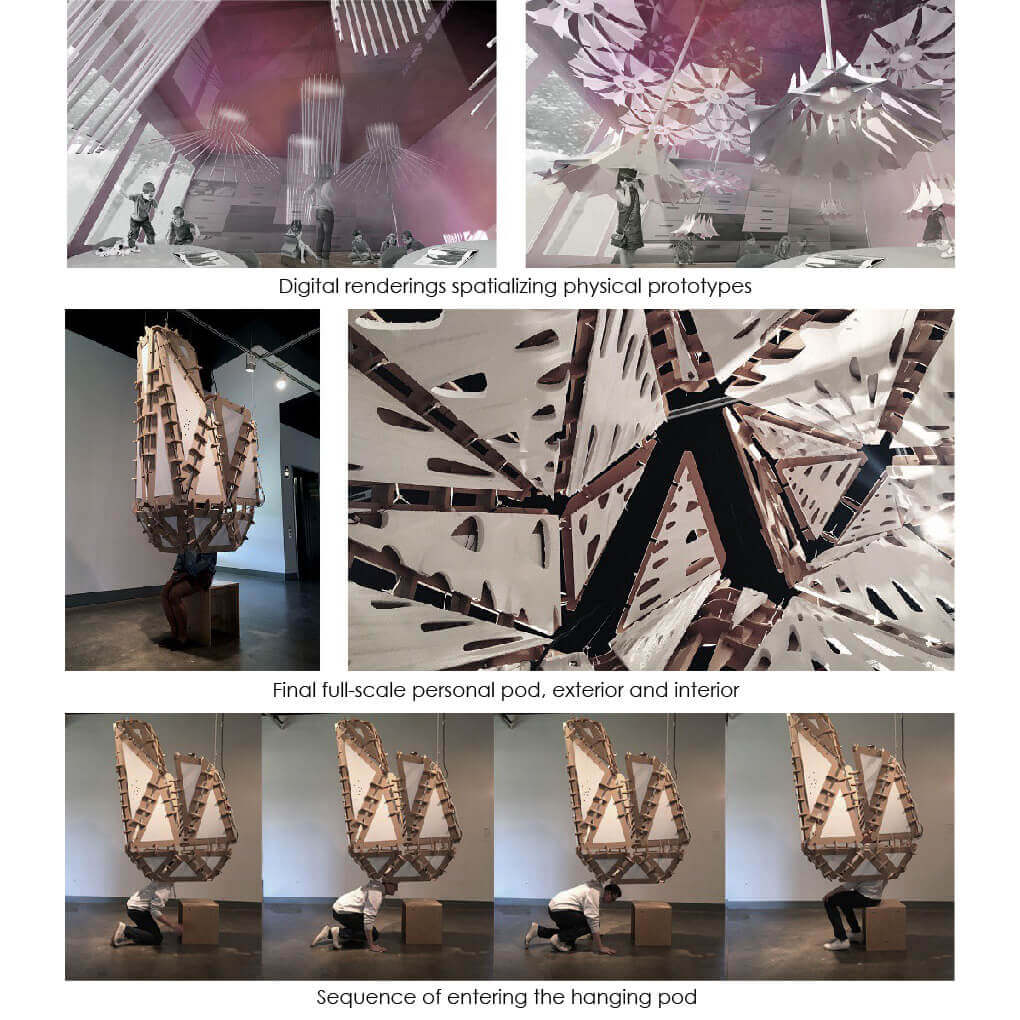 Analogue and digital notational systems are compared to illustrate a change where, instead of simply recording a performance, the notation is fed back to the performer and used as inspiration for further iterative performances. Whilst the use of analogue notation systems support the criterion of fundamental design, they have limitations which are overcome with the use of flexible digital systems that more readily adapt to change and interrelate to dancer’s intentions for movement creation.
Analogue and digital notational systems are compared to illustrate a change where, instead of simply recording a performance, the notation is fed back to the performer and used as inspiration for further iterative performances. Whilst the use of analogue notation systems support the criterion of fundamental design, they have limitations which are overcome with the use of flexible digital systems that more readily adapt to change and interrelate to dancer’s intentions for movement creation.
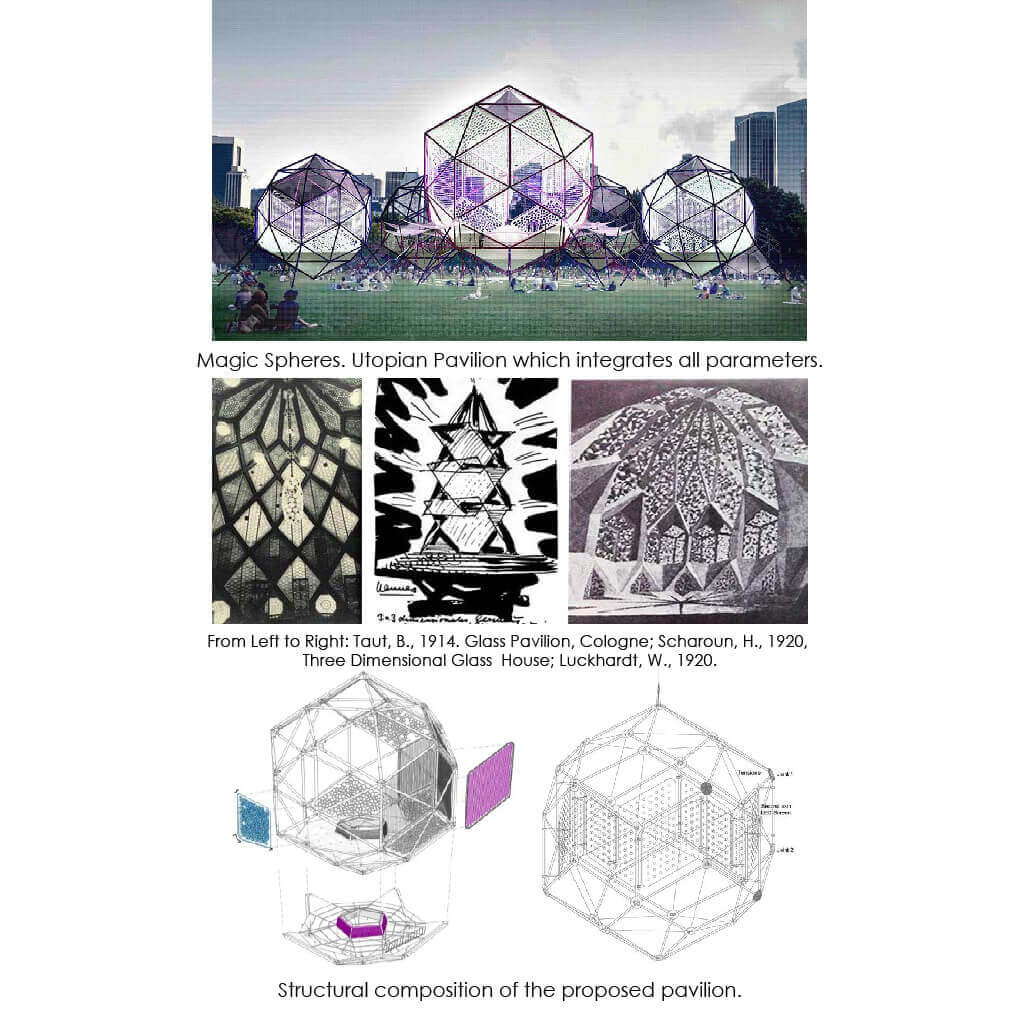 Performance-driven fabrication explores practical application of this process. Two stages of ‘Performance-driven design’ and ‘Data-driven fabrication’ are combined resulting in a spatial design and construction system that incorporates interactivity between human and robotic performers. As in dance choreography, the motion dynamics of the participants supply data driving the fabrication that, in turn, is fed back to the inhabitants in an iterative process.
Performance-driven fabrication explores practical application of this process. Two stages of ‘Performance-driven design’ and ‘Data-driven fabrication’ are combined resulting in a spatial design and construction system that incorporates interactivity between human and robotic performers. As in dance choreography, the motion dynamics of the participants supply data driving the fabrication that, in turn, is fed back to the inhabitants in an iterative process.
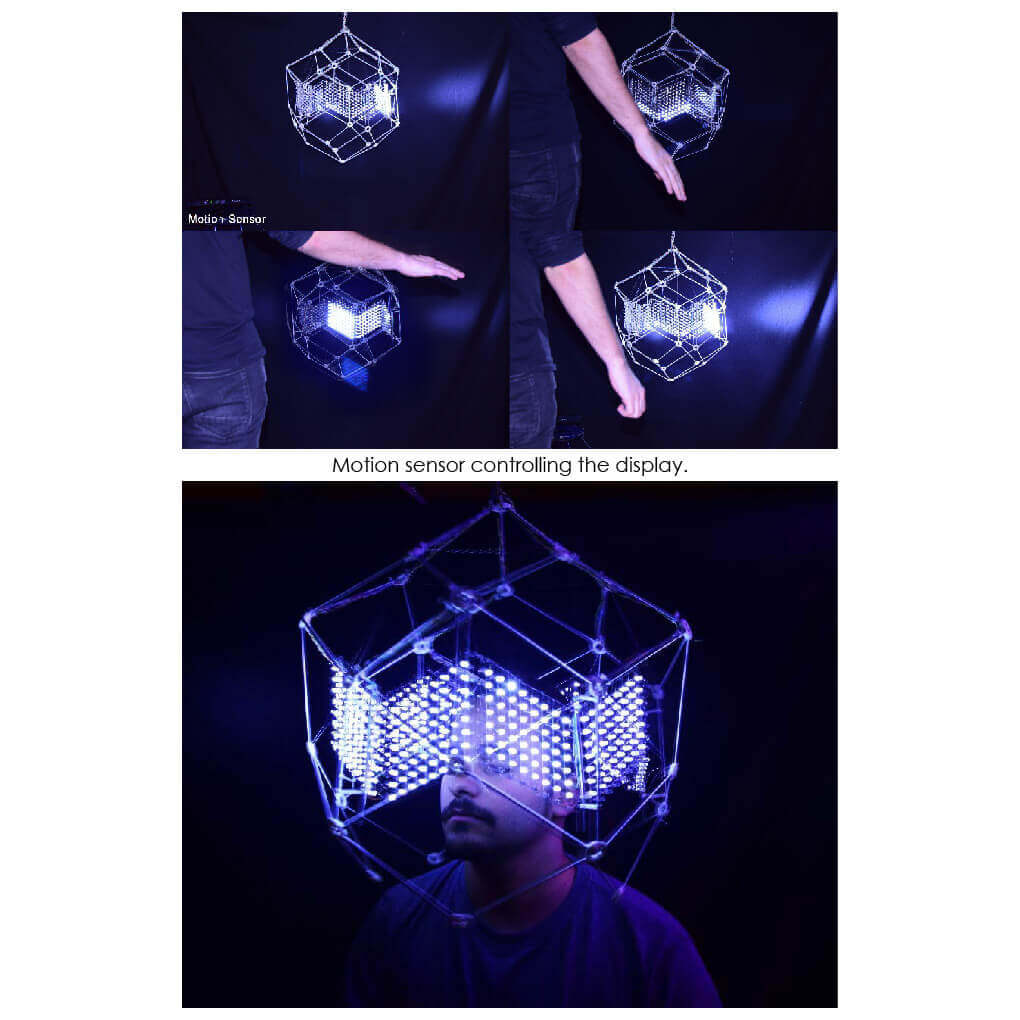 The relationship between architecture and choreography in the construction of space has been a constant source of discussion between architects and choreographers since the 1900s. Reciprocal exchanges of language to discuss the body and its geometry have been assimilated, often altering the meanings of these terms and offering designers and artists new insights into the creative process.
The relationship between architecture and choreography in the construction of space has been a constant source of discussion between architects and choreographers since the 1900s. Reciprocal exchanges of language to discuss the body and its geometry have been assimilated, often altering the meanings of these terms and offering designers and artists new insights into the creative process.
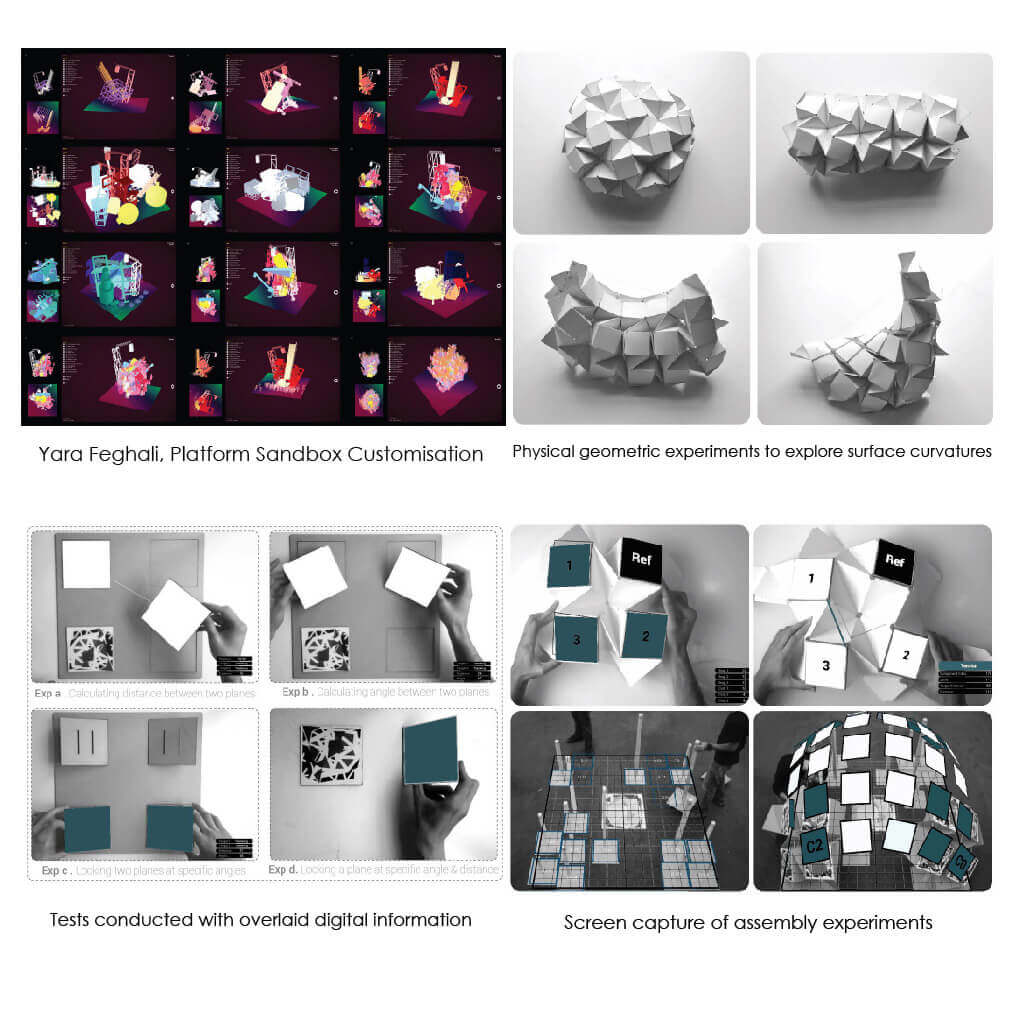 Drawings and descriptions of designs give architects the means to mediate the relationship between themselves, client and building, setting the rules for negotiation between concept and realisation. Gage (2007) argues for Architects to consider behavioural rules in design and how adaptability and habitation affect occupation of designed space. Notation of movement here may help to predict behaviour.
Drawings and descriptions of designs give architects the means to mediate the relationship between themselves, client and building, setting the rules for negotiation between concept and realisation. Gage (2007) argues for Architects to consider behavioural rules in design and how adaptability and habitation affect occupation of designed space. Notation of movement here may help to predict behaviour.
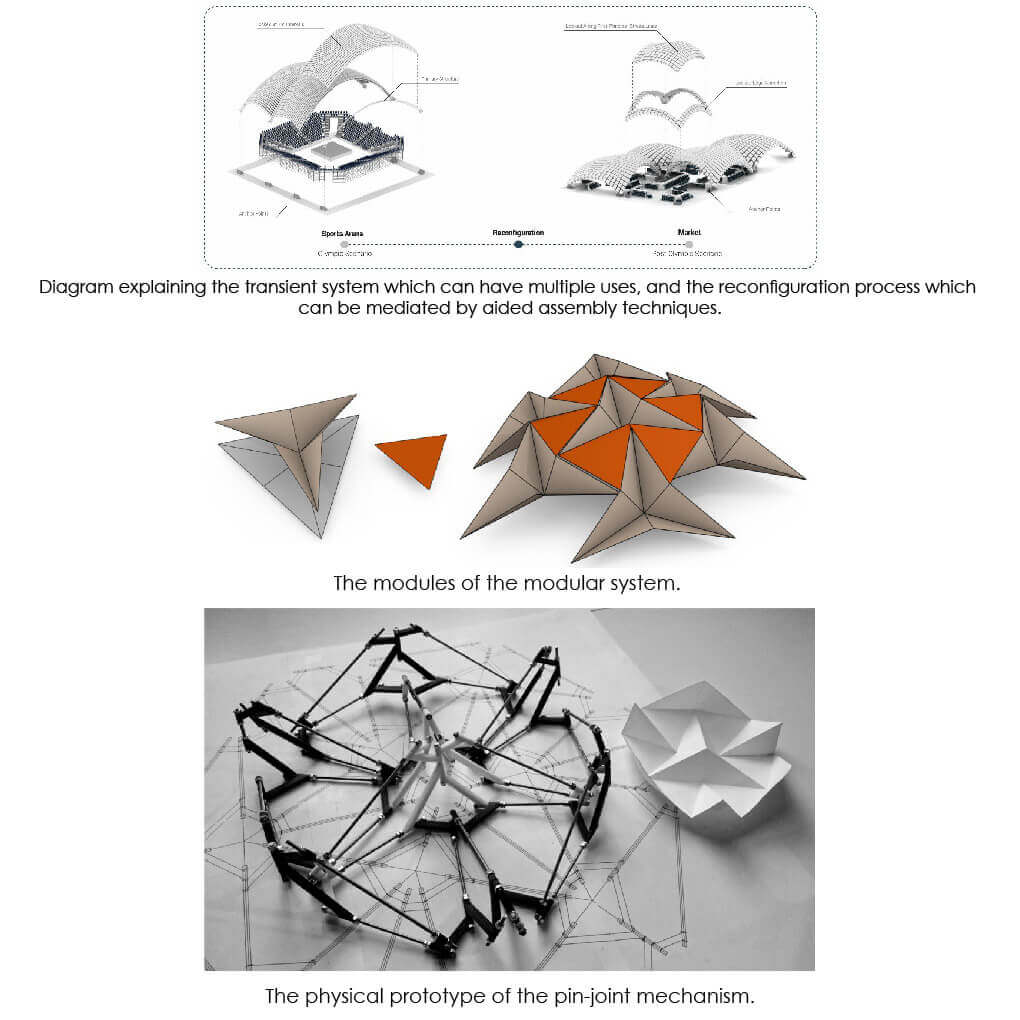 The progress in architecture design has always been connected to the contemporary technology innovation. This new techniques have been associated to every scale and elements that compound an architectural design. Nowadays, computer-aided technology, besides the advantages on display, computer graphics and artificial experimentation with architecture, also allows us to create structures and elements that would be very laborious and sometimes impossible to carry out without them. These methods accelerate the designing process by connecting the parameters that compose them, in a way that, if we modify them, we will not have to redo the initial design. In addition, these parameters are able to store information, transform it, and produce graphic variations.
The progress in architecture design has always been connected to the contemporary technology innovation. This new techniques have been associated to every scale and elements that compound an architectural design. Nowadays, computer-aided technology, besides the advantages on display, computer graphics and artificial experimentation with architecture, also allows us to create structures and elements that would be very laborious and sometimes impossible to carry out without them. These methods accelerate the designing process by connecting the parameters that compose them, in a way that, if we modify them, we will not have to redo the initial design. In addition, these parameters are able to store information, transform it, and produce graphic variations.
Many deployable structures, derived by Origami folding principle, are ever more experimented suggesting emergency shelters, building elements and solar sails. Folding is a simple and inexpensive process for transforming matter to fast and easy obtain three-dimensional shapes, and kinetic properties of folds make them extremely versatile suggesting a wide field of application. Despite these properties, the use of deployable structures is limited to prototypes and few products because of modelling and manufacturing issues. The complexity of the geometry and its mechanisms, discussed by some researchers (Tachi et al. 2011, Tachi 2013), has to be integrated with kinematics and structural analysis during the deployment, as presented by Schenk and Guest (2011). Again, problems related to connection by hinges, material, thickness, and forces required to deploy the system have to be considered. In this paper, two-dimensional foldable systems inspired by Origami are investigated, carrying out modelling principles.




























Comments